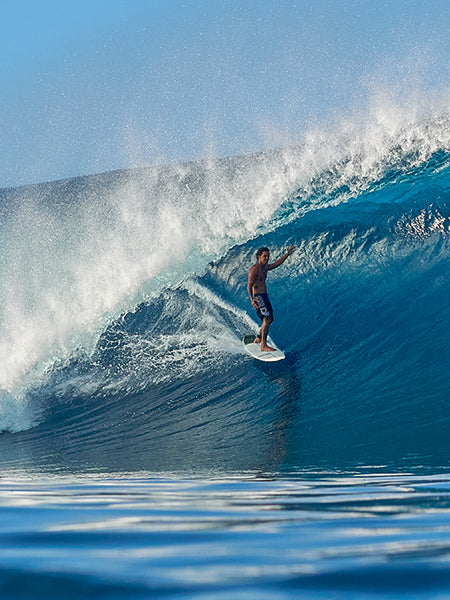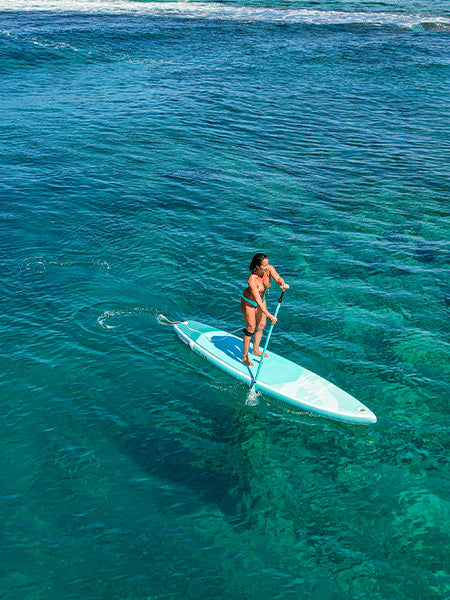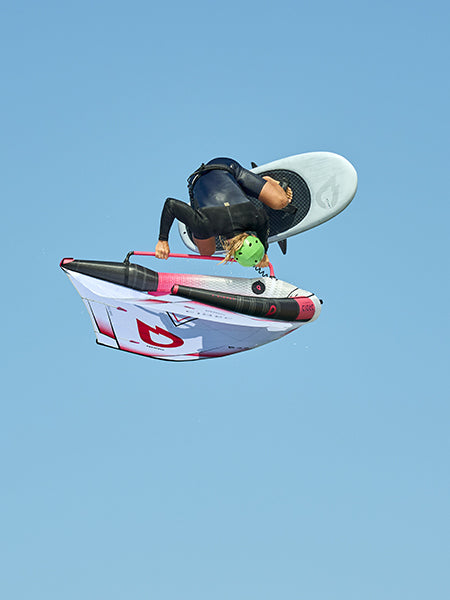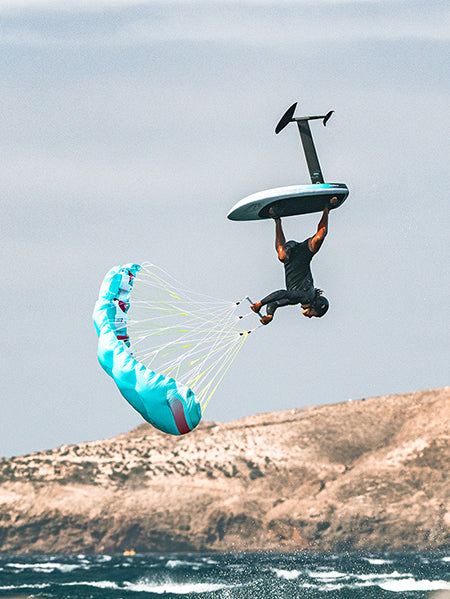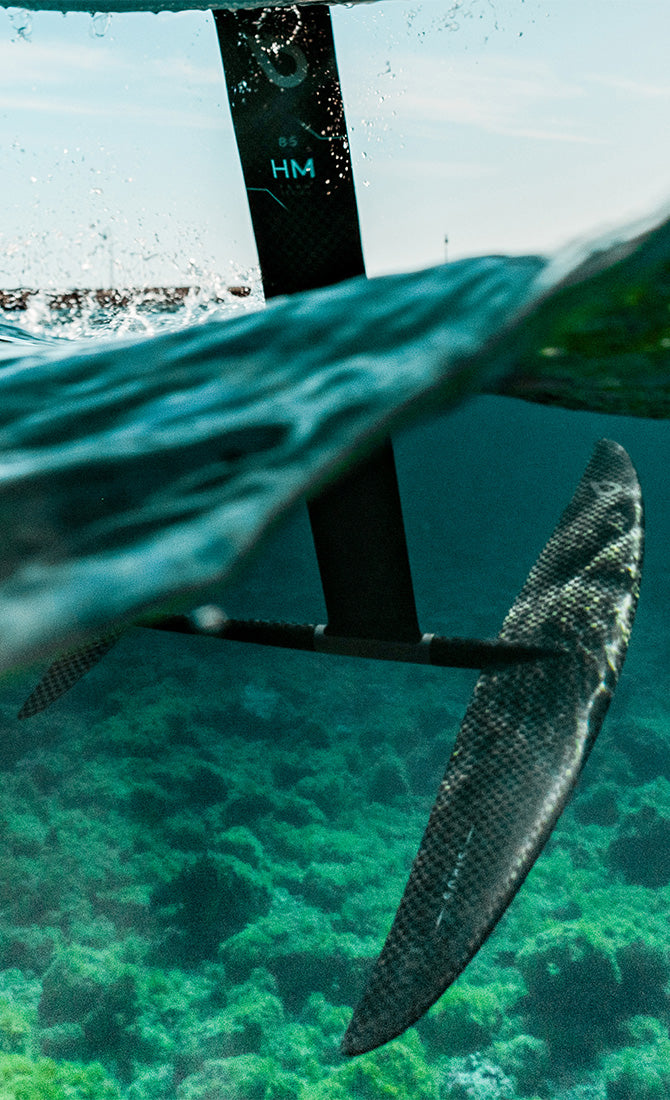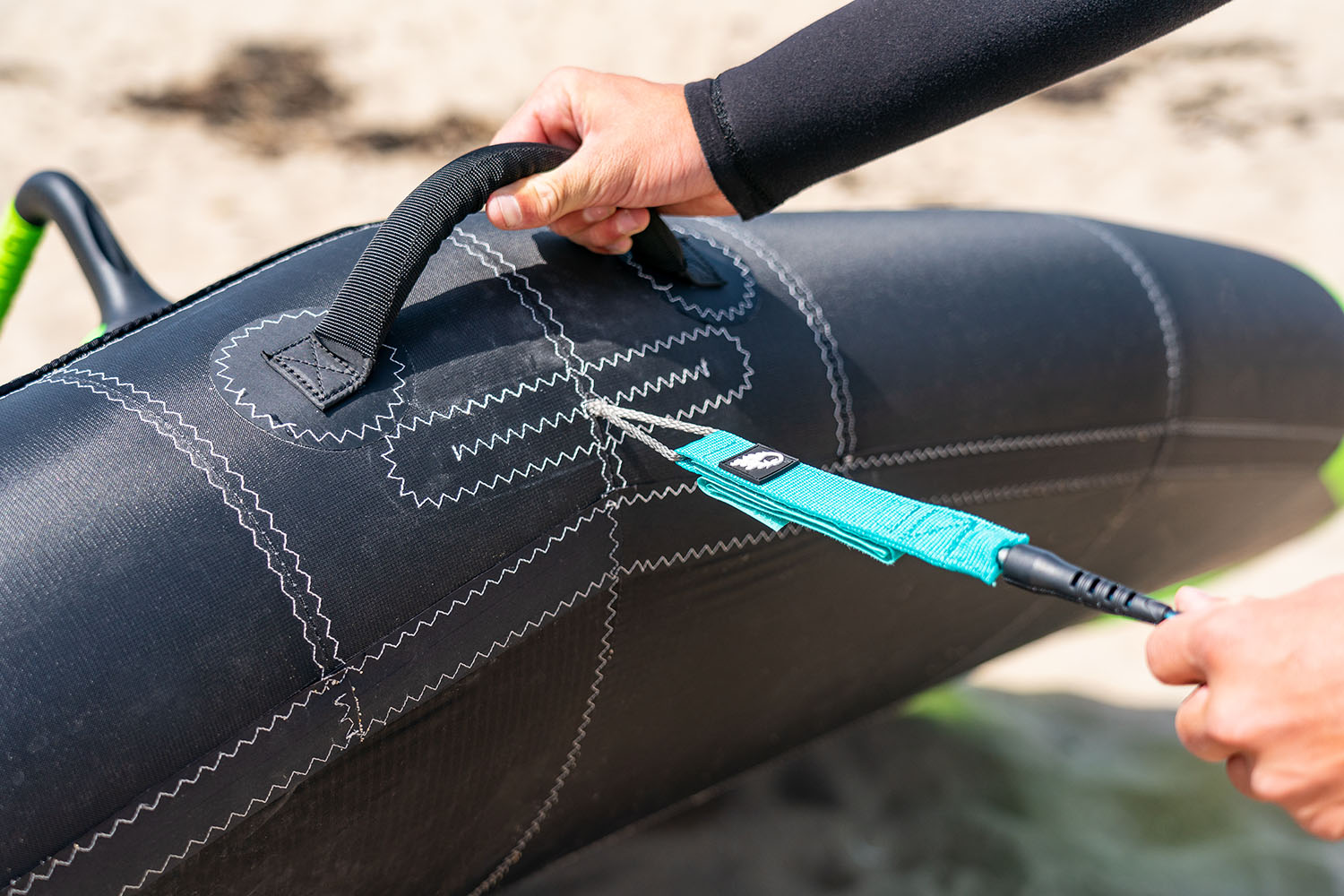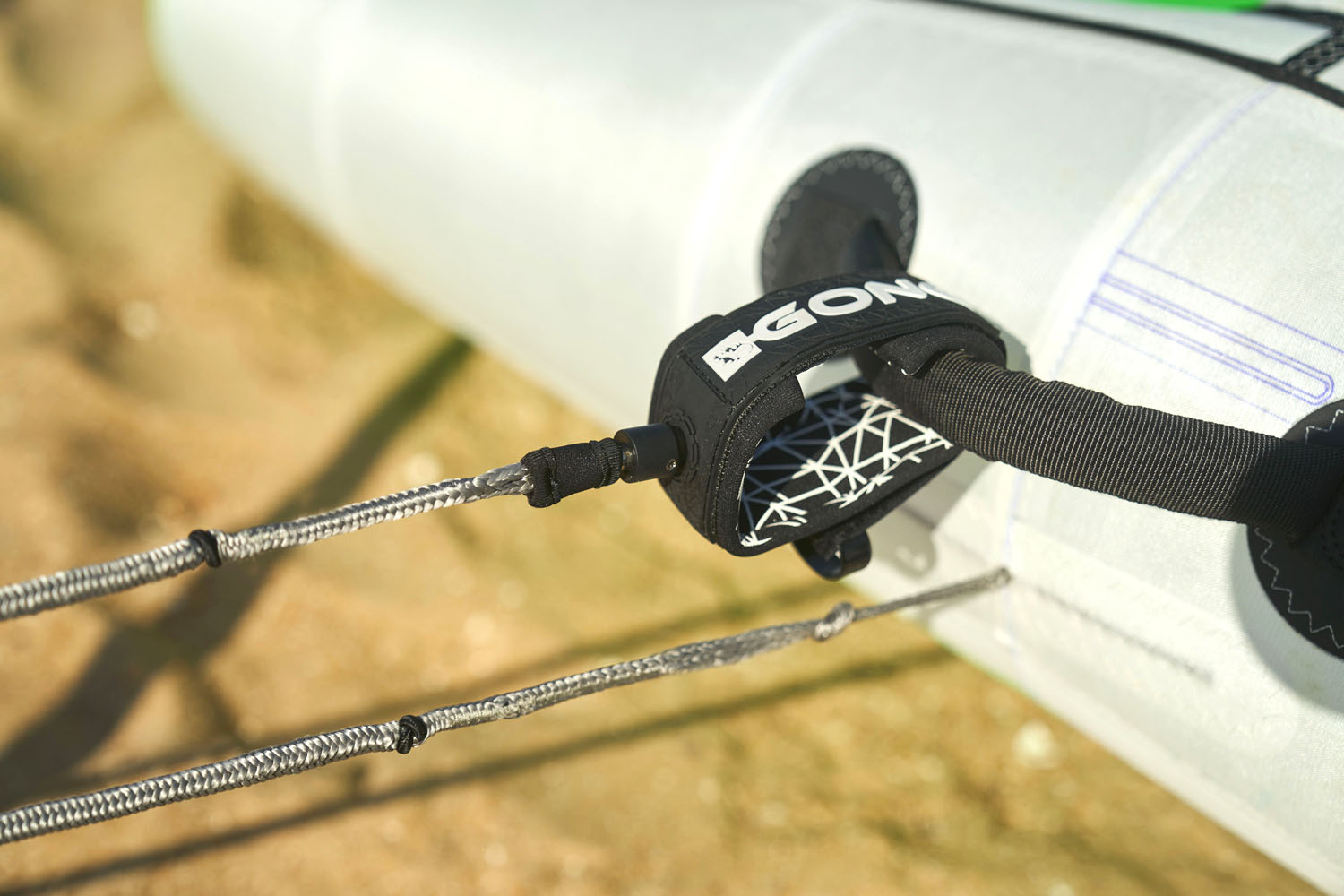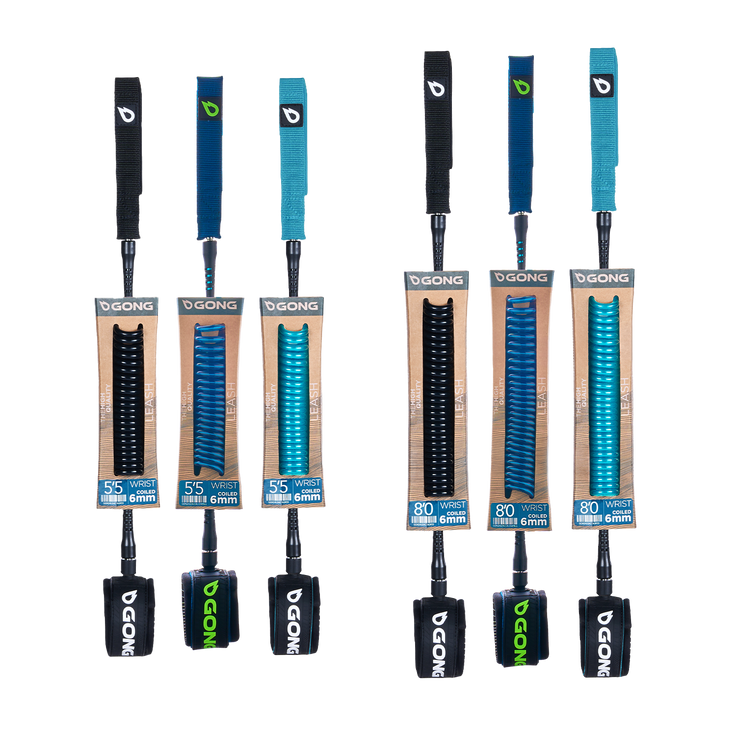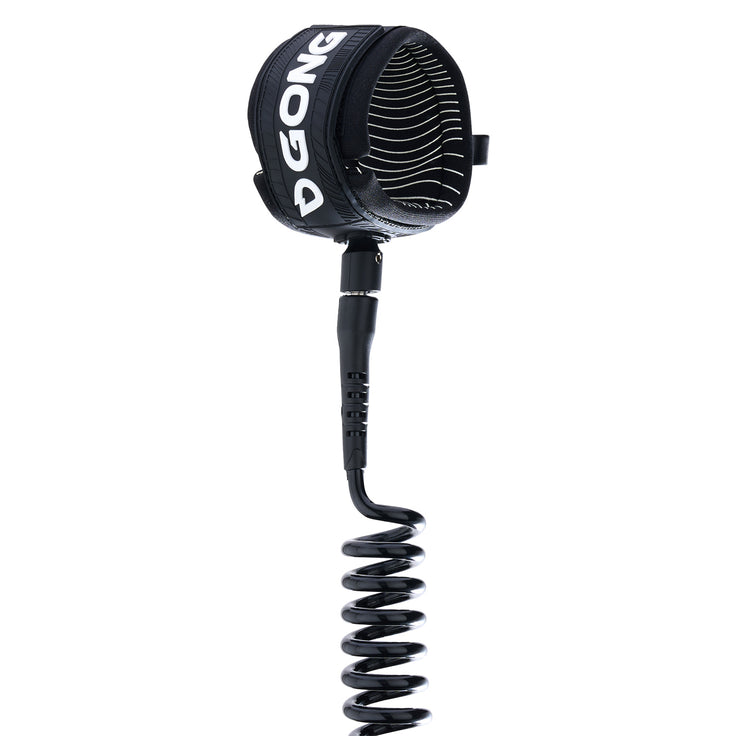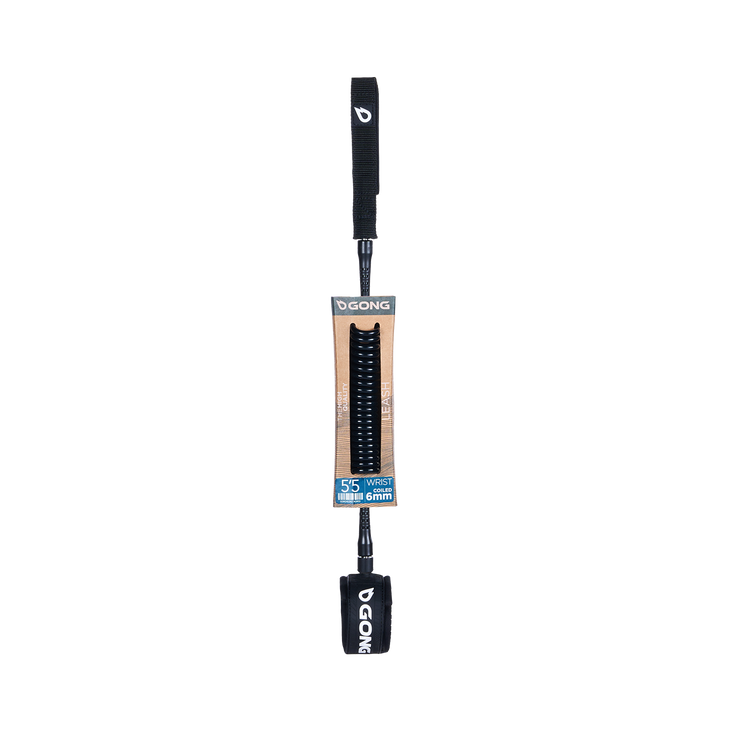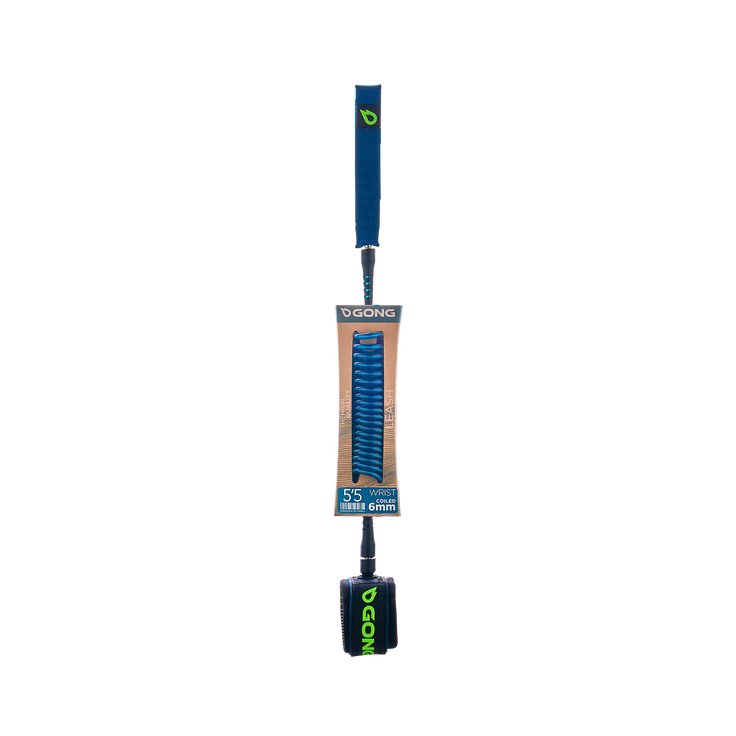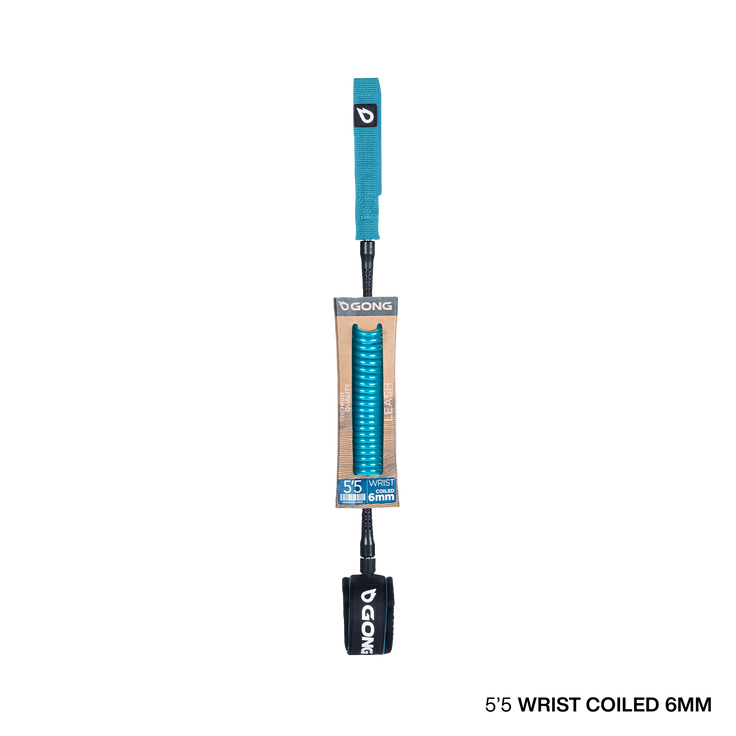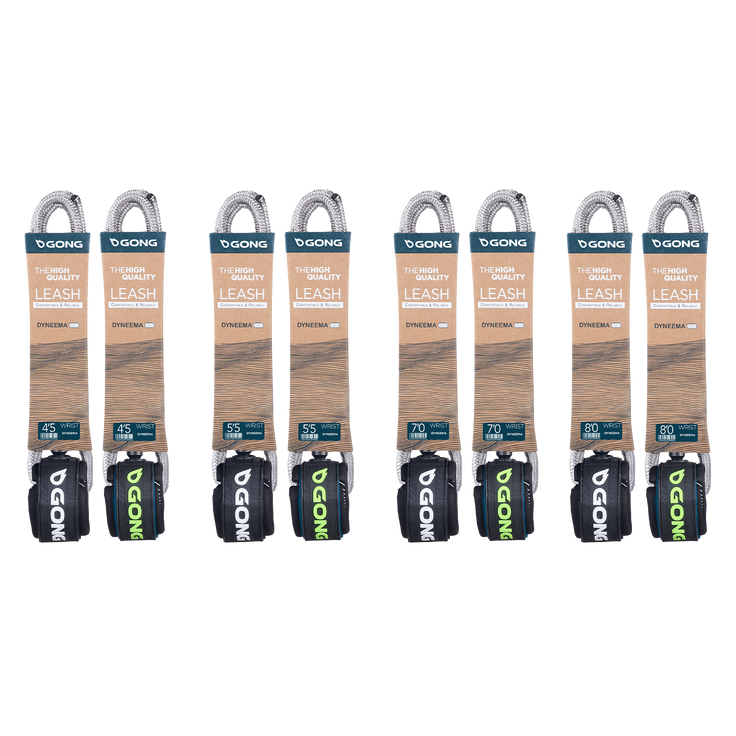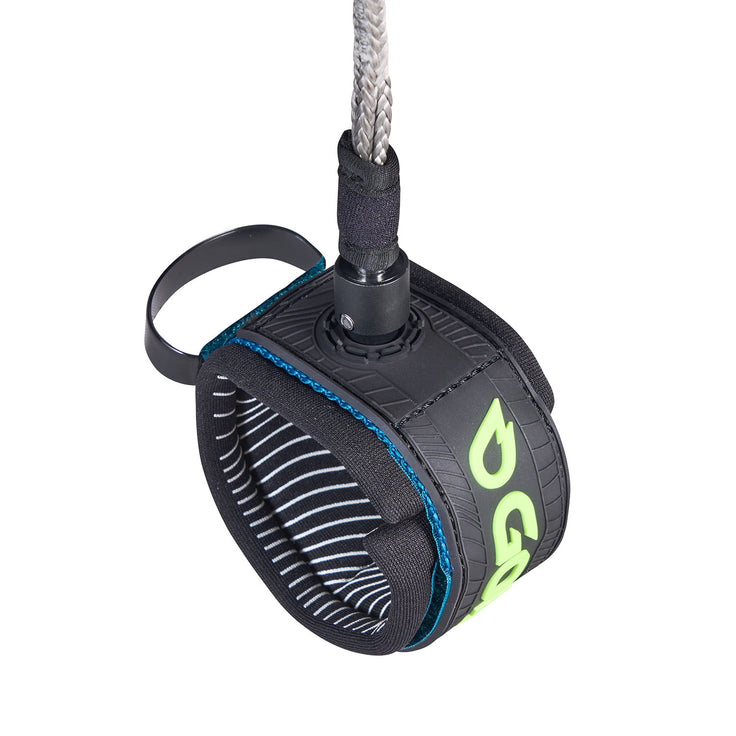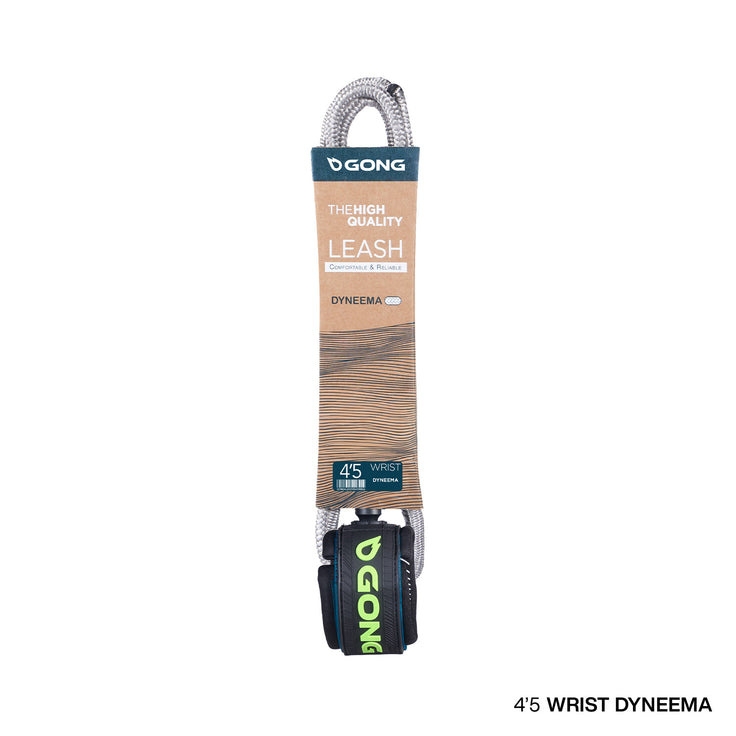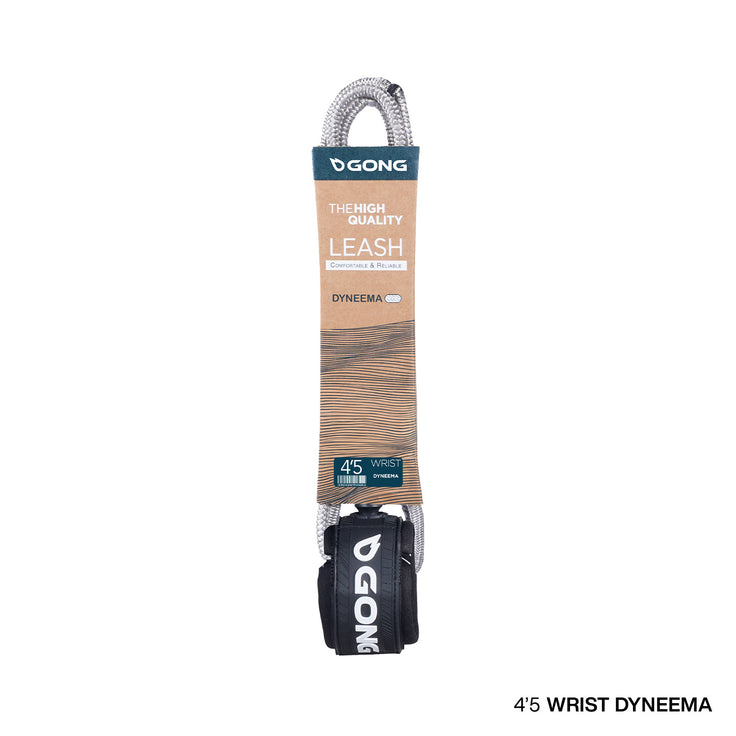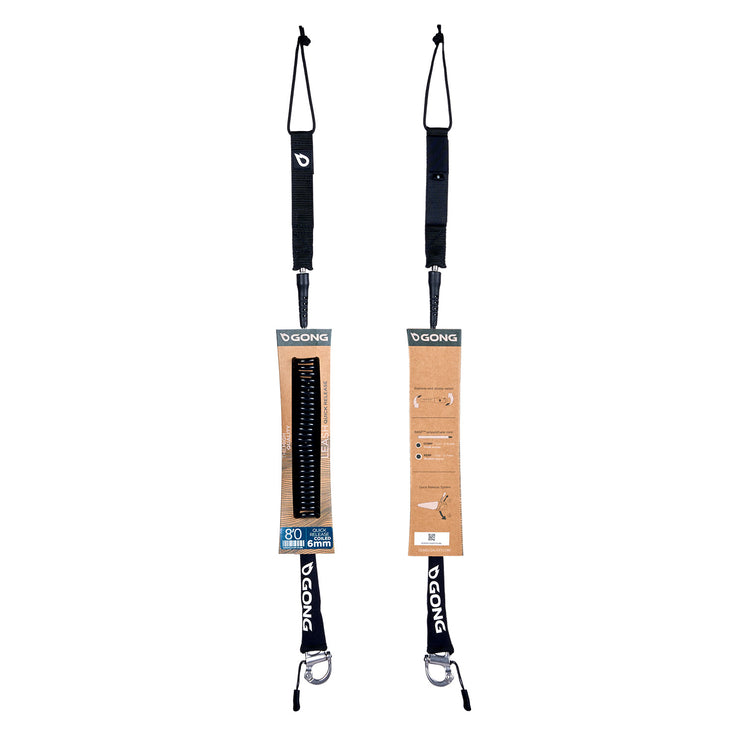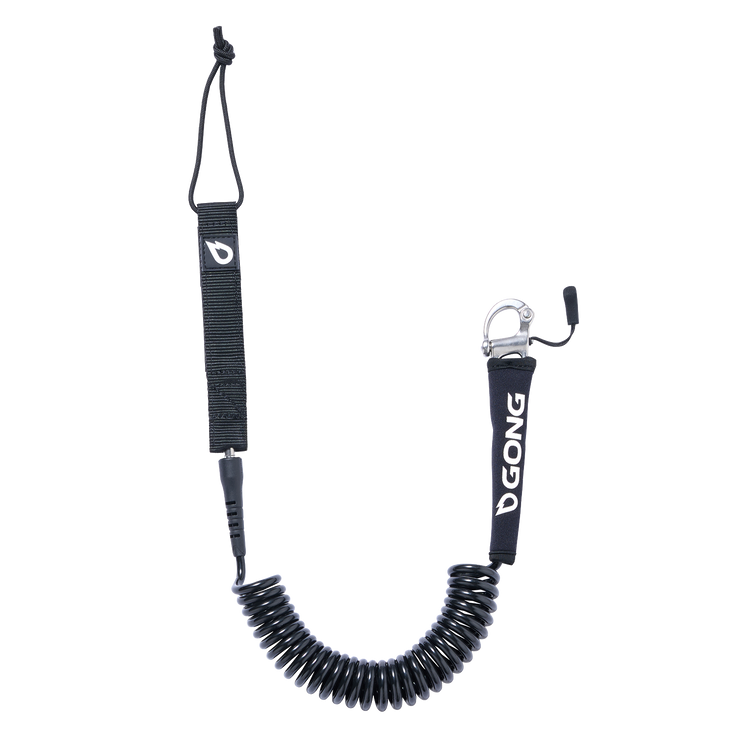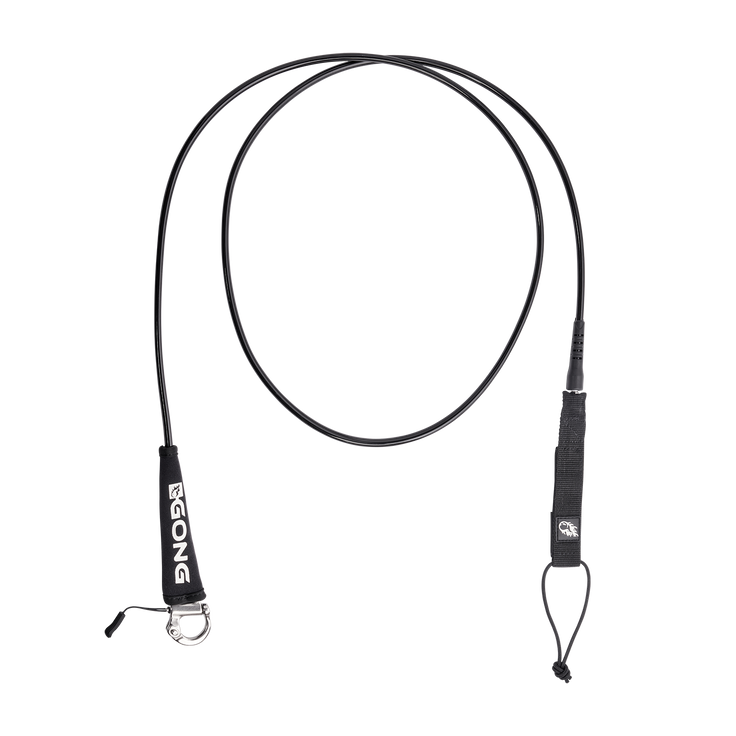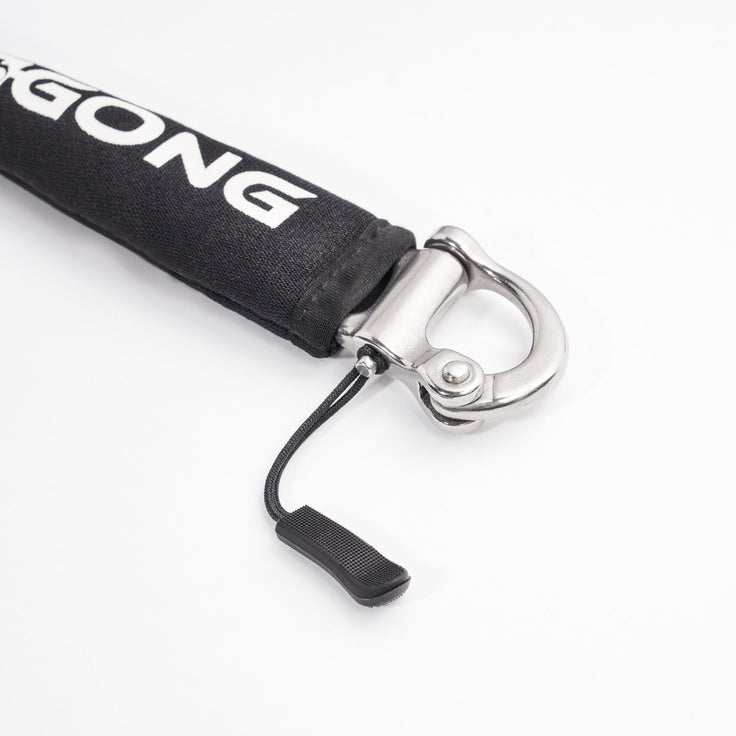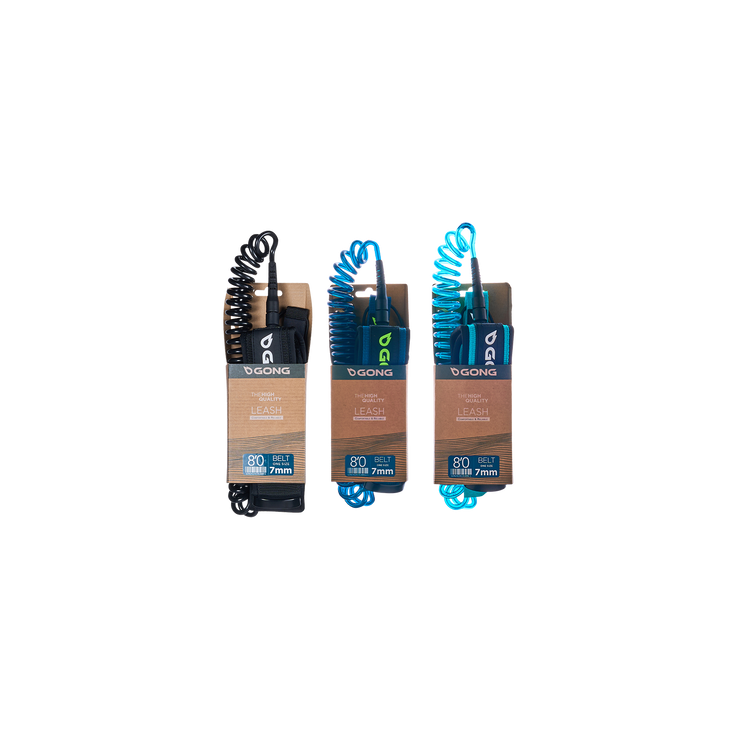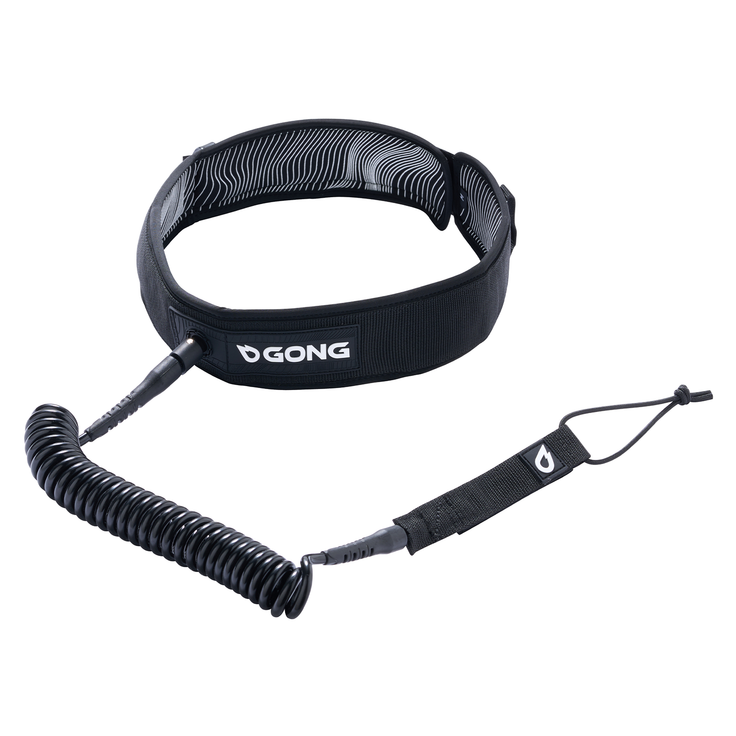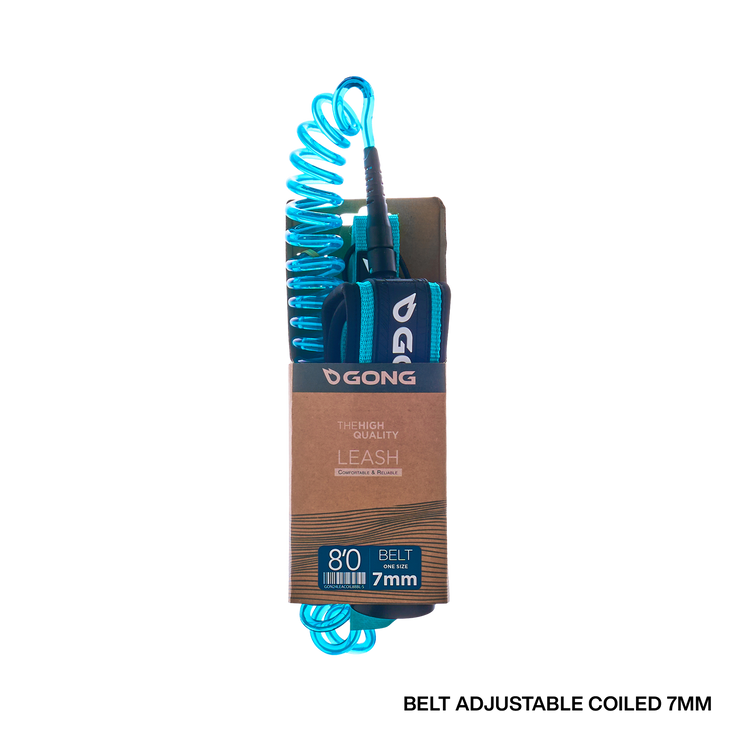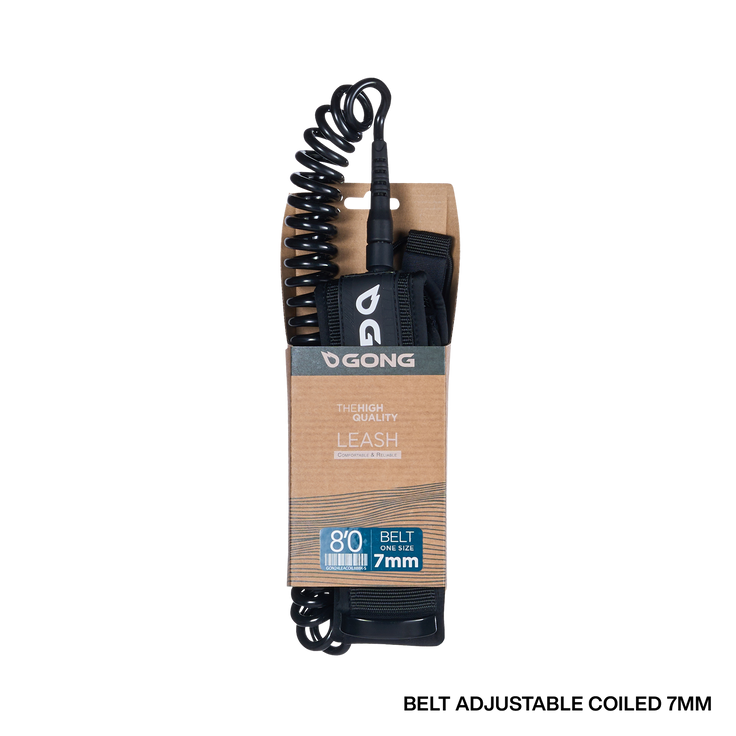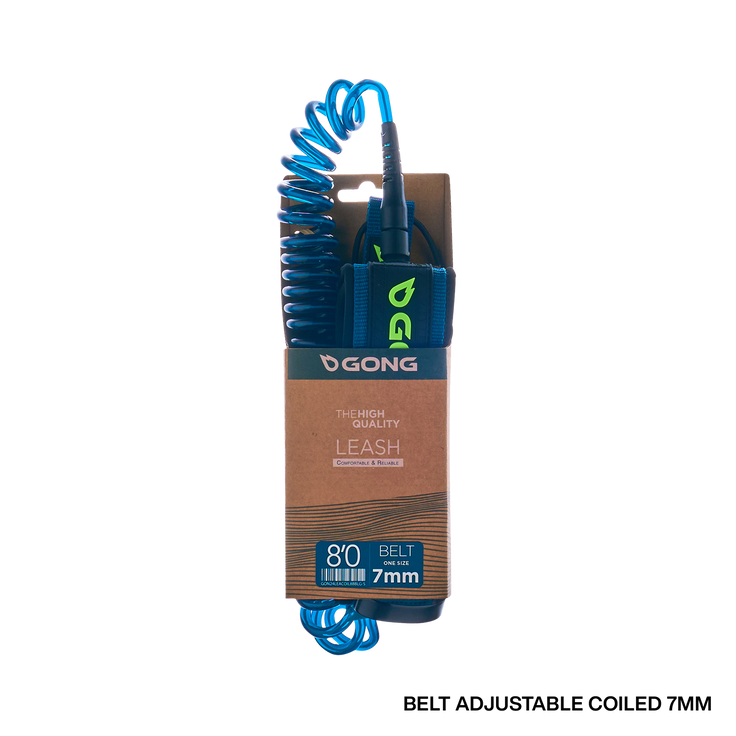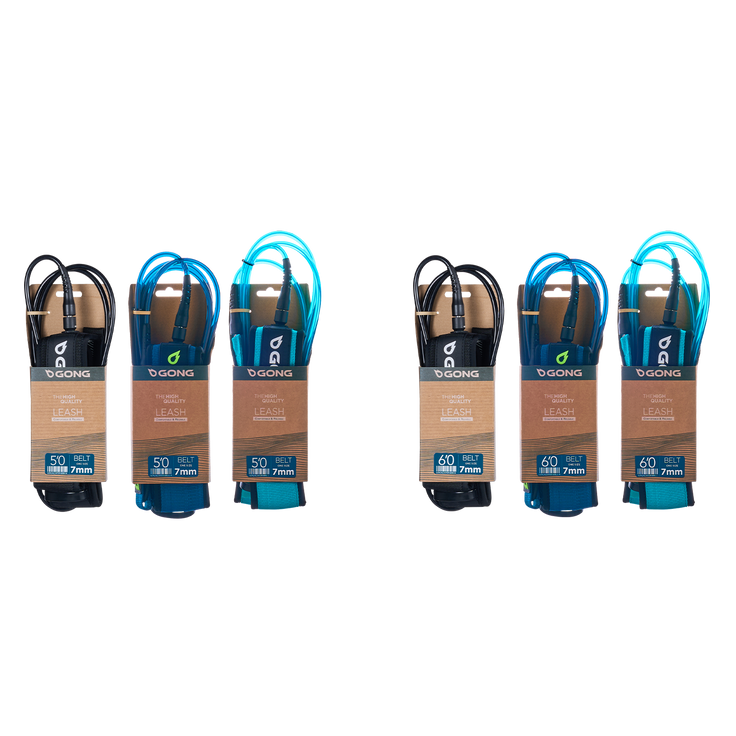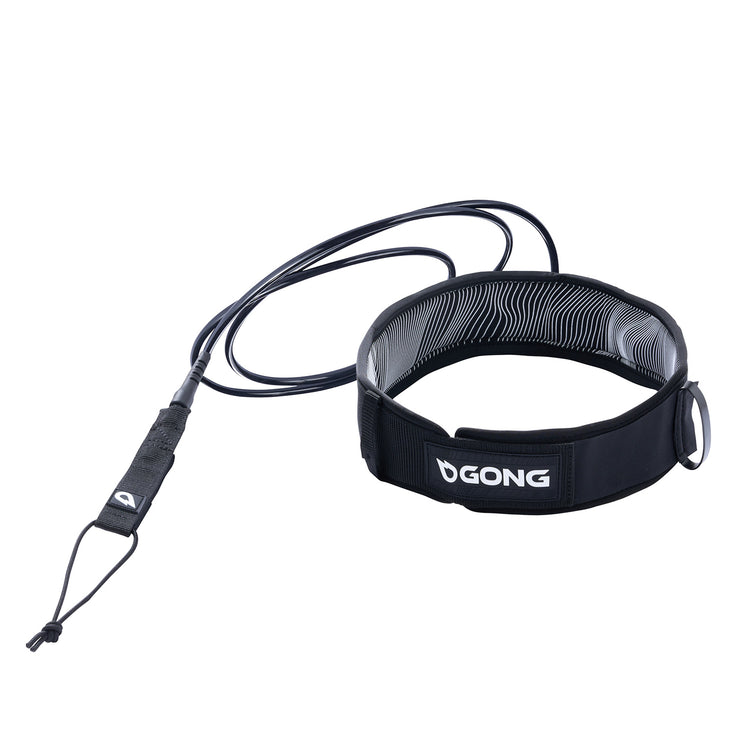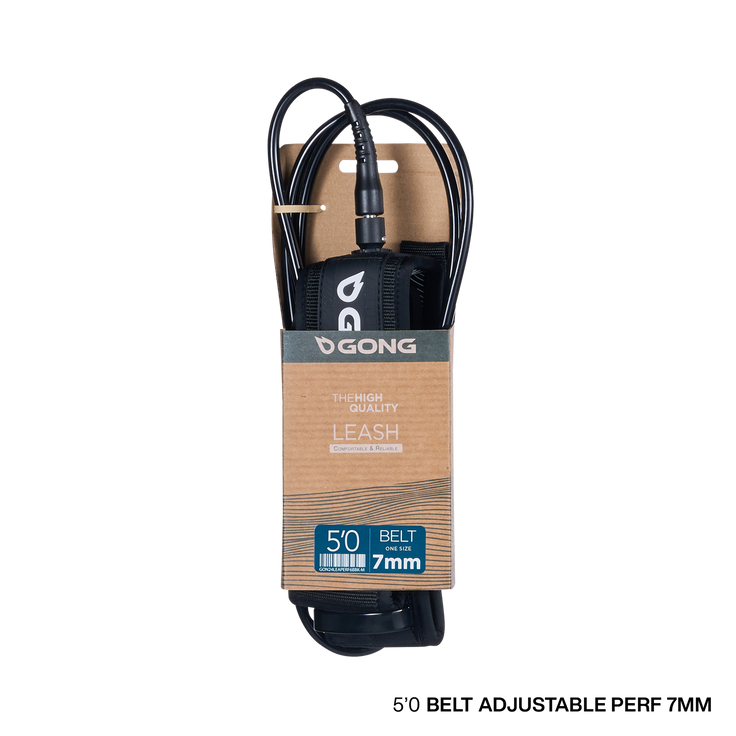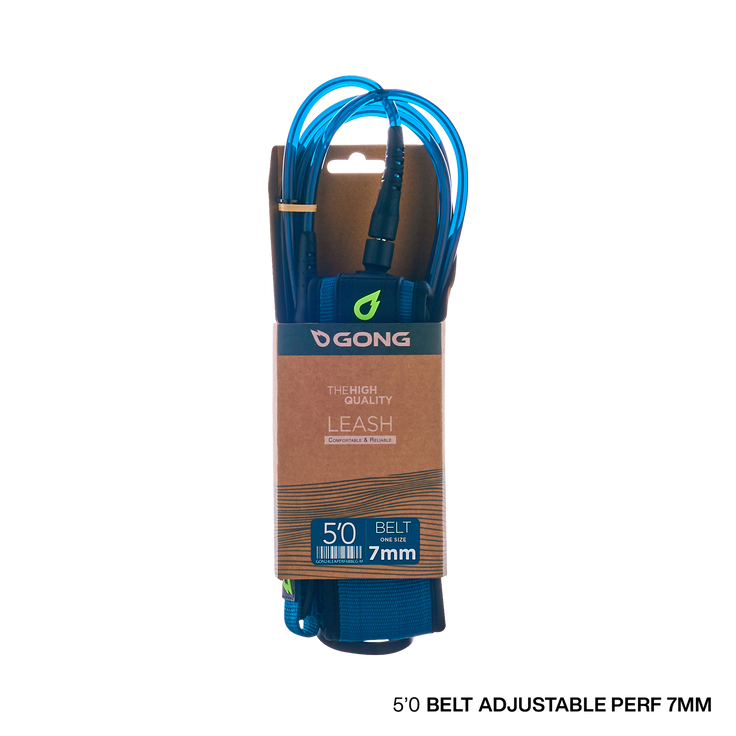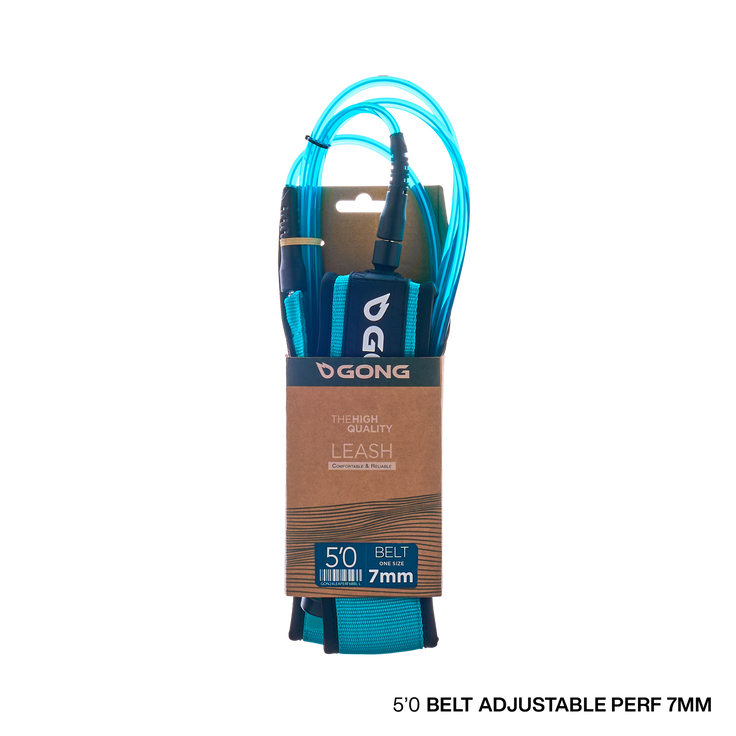Choose the leash for your wing
The best format, materials, diameters and lengths for your wing leash, we tell you everything in this article.
Let’s start with reminding you that your wing leash is a safety feature. Its use when wing foiling is not an option whatever your level. It represents the essential link with your propulsion force which also constitutes an element of flotation. For safe sessions, choose a leash specially designed for winging. In case of emergency, these leashes are equipped with a quick release system, allowing you to detach it easily and quickly.
Remember that in the event of a problem, your leashes are the only lifelines that connect you to your gear. It is important to never ignore this point and to regularly check the condition of your leashes. If you sail often, we recommend that you change your leash at least once a year, or at the slightest visible fault.
It is important to regularly check your leash to detect a crack, cut or lack of elasticity. At the slightest sign of damage, it is important to change your leash to avoid any accident.
Let's see together how to choose the leash for your wing.

Wing foiler: Malo, GONG team rider, with a GONG spiral cord belt leash, Lemon FSP 2X, Neutra Perf Series, HM85 mast, Ypra Surf-Freestyle and Freestyle stab.
Which leash to choose for your wing?
Wing leashes are distinguished by their attachment system, the type of rope (straight or coiled), their diameter and their length.
Attachment system
Most wing leashes are worn on the wrist so that you can recover your wing more easily after falls or mishandling. It also allows greater freedom of movement and does not wrap around your body unlike the leash which attaches to the waist. The only drawback is that it can sometimes get caught in the hook of harness users.

Another other system, is to attach it directly to your harness which allows you to completely free your hands. In this case you will preferably choose a harness with a quick release attachment and a straight rope of 5 to 6 feet. The disadvantage of this choice is that it can get tangled around your back. We therefore do not favor it with the exception of certain specific uses, in freestyle for example where it can be of interest.
Increasingly popular, the waist leash—which was already a favorite for attaching to the board to avoid having it in your feet—has become the go-to choice for experienced wing foilers over the seasons, starting with our team riders who wear it on all conditions. Its advantage is that it frees up the hands and allows for freestyle tricks without much hassle. Except for certain moves like the backloop spin, which require anticipating the leash's position (in front of or behind the arms), you can perform maneuvers with peace of mind.

Type of rope
The rope of coiled leashes has the shape of a spiral like a telephone cord. It therefore takes up much less space and will bother you much less when handling the wing. This is a significant gain in comfort. It is a must have for all your navigations.
The rope of straight leashes is totally straight. Little used on wrist leashes for wings, it is mainly found on belt leashes for the board or in the Dyneema version with an elastic section which allows its length to be reduced when not under tension. The straight Dyneema wrist leash is 50% lighter than a classic leash and also very discreet thanks to its elastic section.

The diameter
The Coiled or Straight urethane Leashes are available with a diameter of 6mm and the intrinsically more resistant Dyneema leash in 4mm. For wing foiling in big waves or with large wings (from 5.5m2), choose a leash with a larger diameter such as the 7mm Coiled Big Wave Leash for greater safety and resistance in solid conditions.
The length
The length of the leash should be chosen accordingly with the surface of the wing to easily go around the wing once in the water.
We recommend a 5’5 leash for wings from 2m2 to 5.5m2 and a 7’0 or 8’0 leash for wings from 6m2 to 9m2.

How to properly attach your leash?
Properly attaching your leash is essential. The gesture may seem trivial but if poorly executed it can have serious consequences. A wing foiler who loses his board or wing offshore will have great difficulty recovering it. In a strong wind that pushes the board or makes the wing fly away, it quickly becomes impossible without assistance. So follow these tips carefully when attaching your leashes.
Before getting into the water, attach the wrist leash to your wing.
Unlike a surfboard leash, you do not use a cord to connect your leash. It is attached directly with the hook and loop part of the leash to the attachment point located at the front of the wing (see below).
For Dyneema leashes, it is attached with a lark's head knot directly to the wing.
Why is it important to use a wing leash?
Because losing your wing at sea can put you in a very dangerous situation. Swimming behind a wing pushed by the wind, the current and the swell is a lost cause. So do not take any risk by equipping yourself with appropriate gear and attaching your leash properly. And given the potentially serious consequences of a breakage, a leash must be changed every year, or at the slightest visible flaw. Inspect it regularly and do not let it deteriorate.
The leash is also a safety element on land. It allows you to attach your wing while inflating it, be it to your foil, to the wrist or to your harness. Never leave your wing unattached, it could pose a danger to others or simply get damaged on your foil.
How to maintain your leash?
Once you get home, the first thing to do is rinse it with fresh water. The salinity of sea water will attack materials such as the hook and loop, as well as the swivels (metal parts which connect the rope to the attachment system).
On the vast majority of leashes, the rope is made of Urethane. As this material is sensitive to UV rays, it is best not to leave it in the sun for too long.
When subjected to intense stress, any leash deforms. These repeated stresses and deformations will cause the leash to lose its elasticity, and will ultimately lead to its breakage. So even if it visually appears to be in good condition, consider changing it if it shows signs of stretching.
Replace it at the first signs of wear. This could be: worn hook and loop or micro cuts in the rope. It’s about your safety, that of those around you, and the durability of your wing.
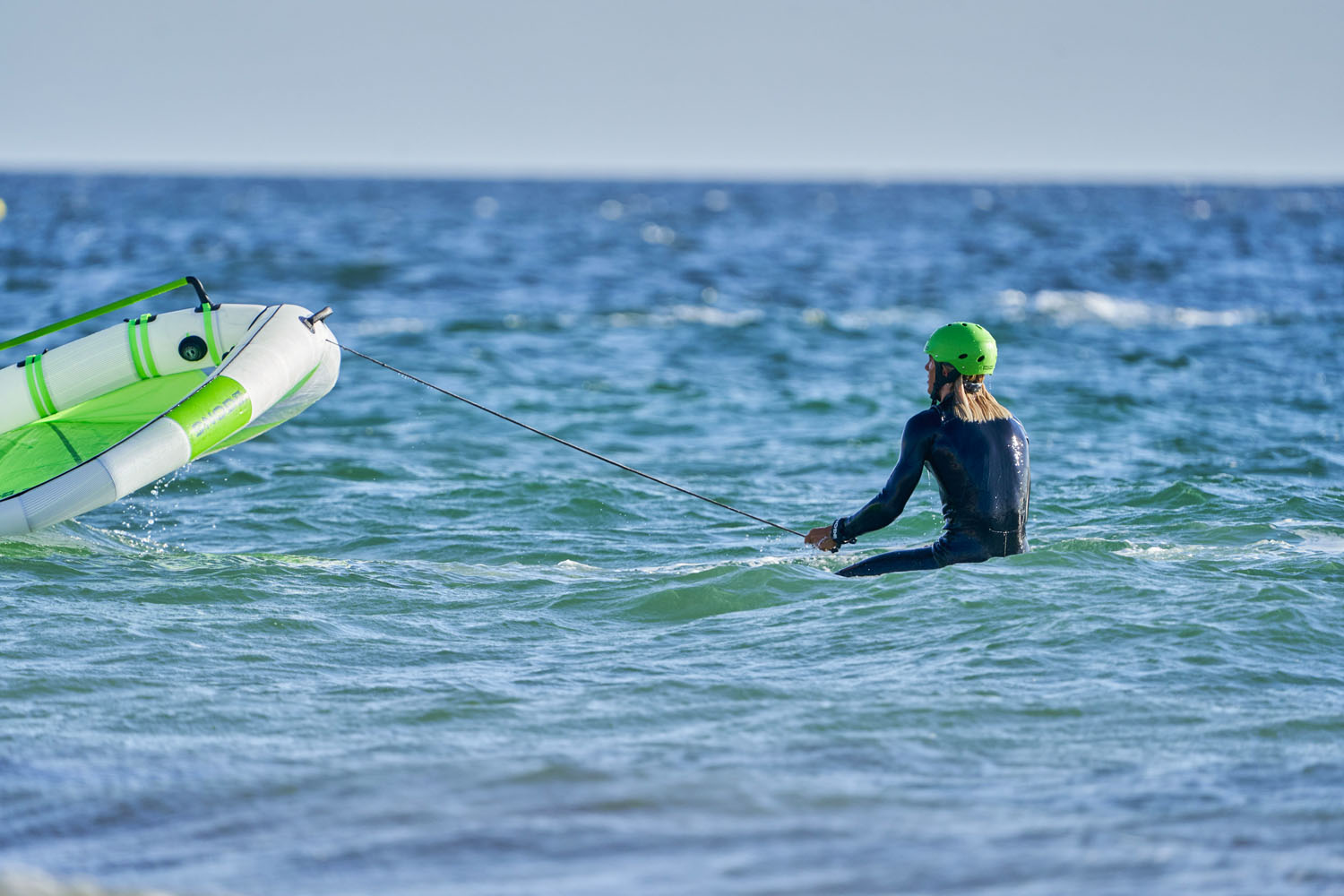 Wing foiler: Malo, GONG team rider, with a GONG Dyneema wrist leash and a Droid UPE.
Wing foiler: Malo, GONG team rider, with a GONG Dyneema wrist leash and a Droid UPE.
